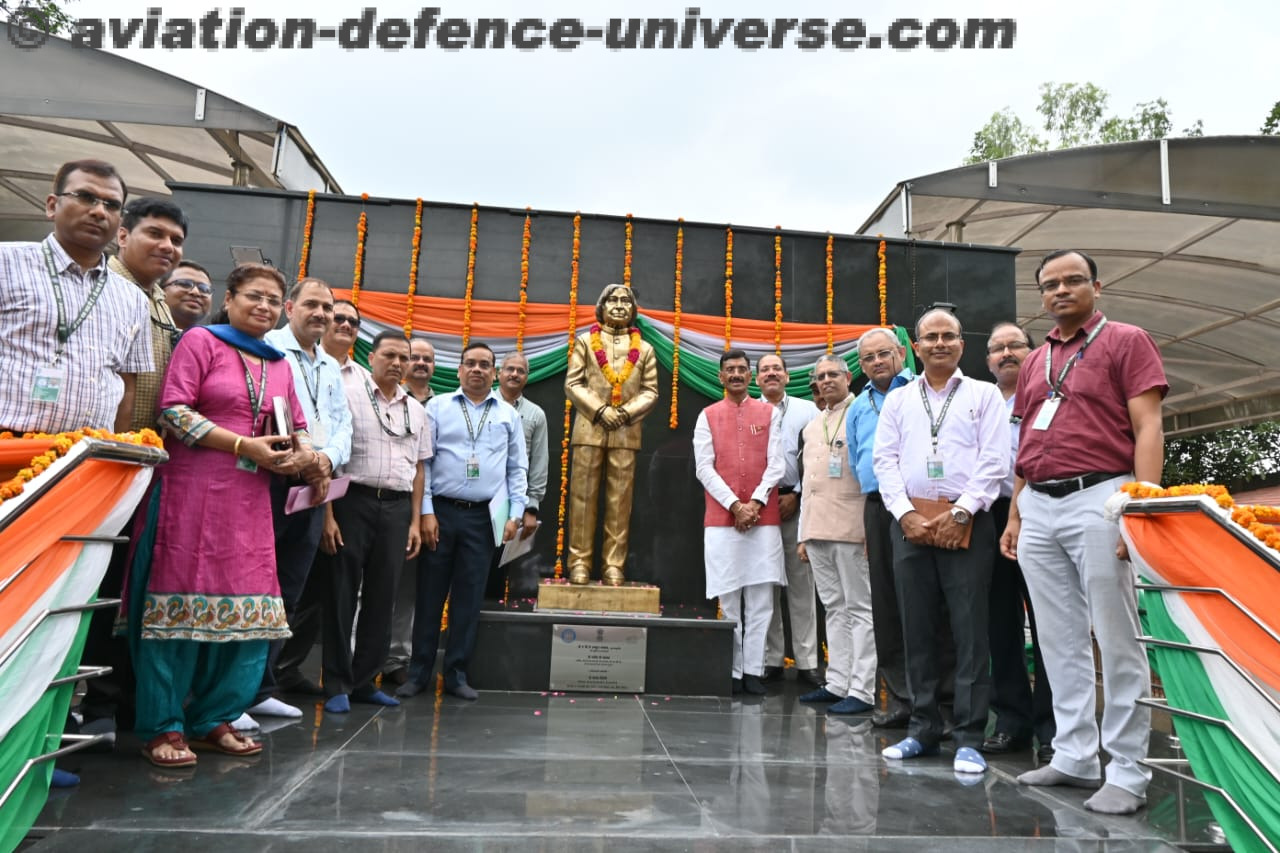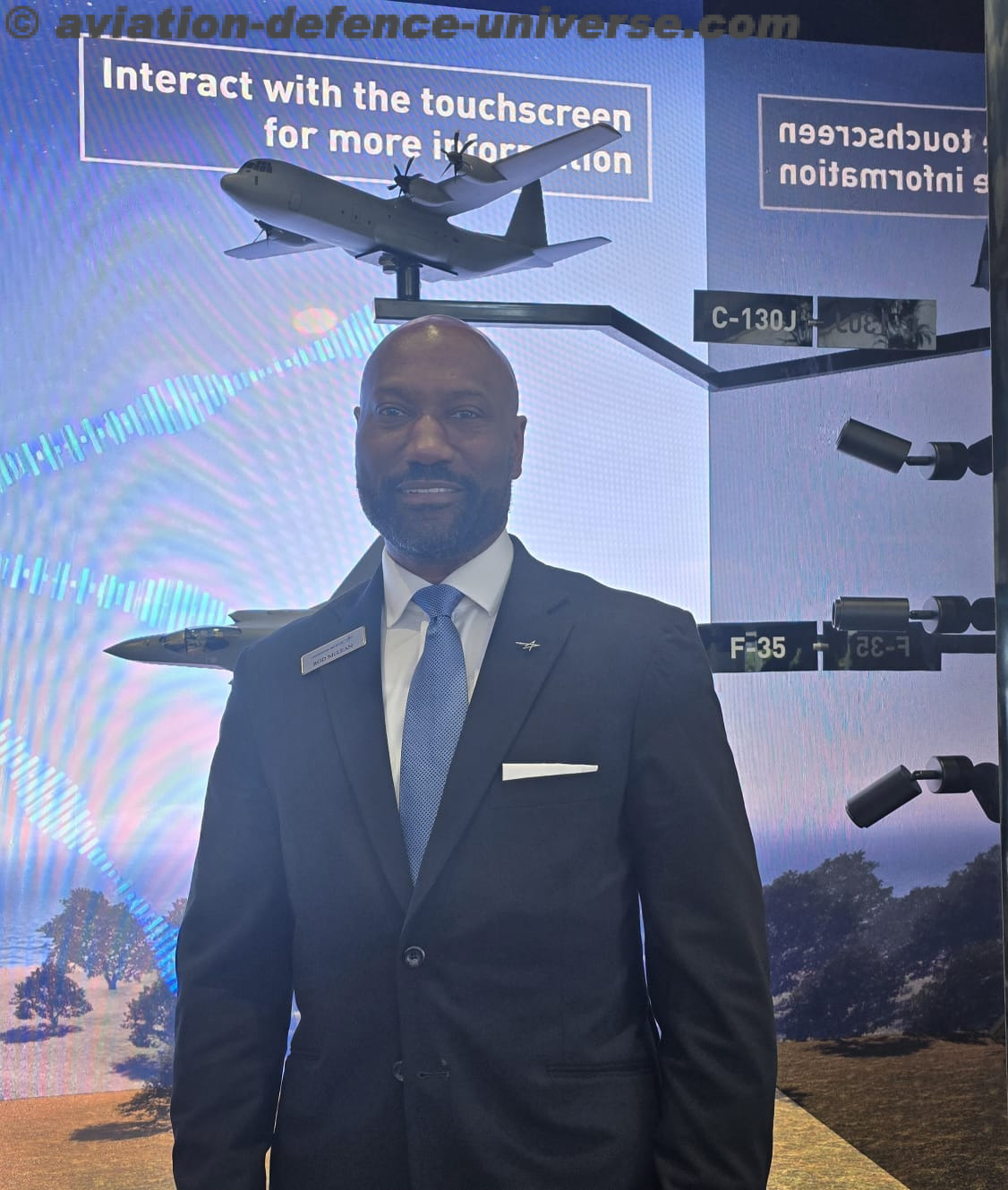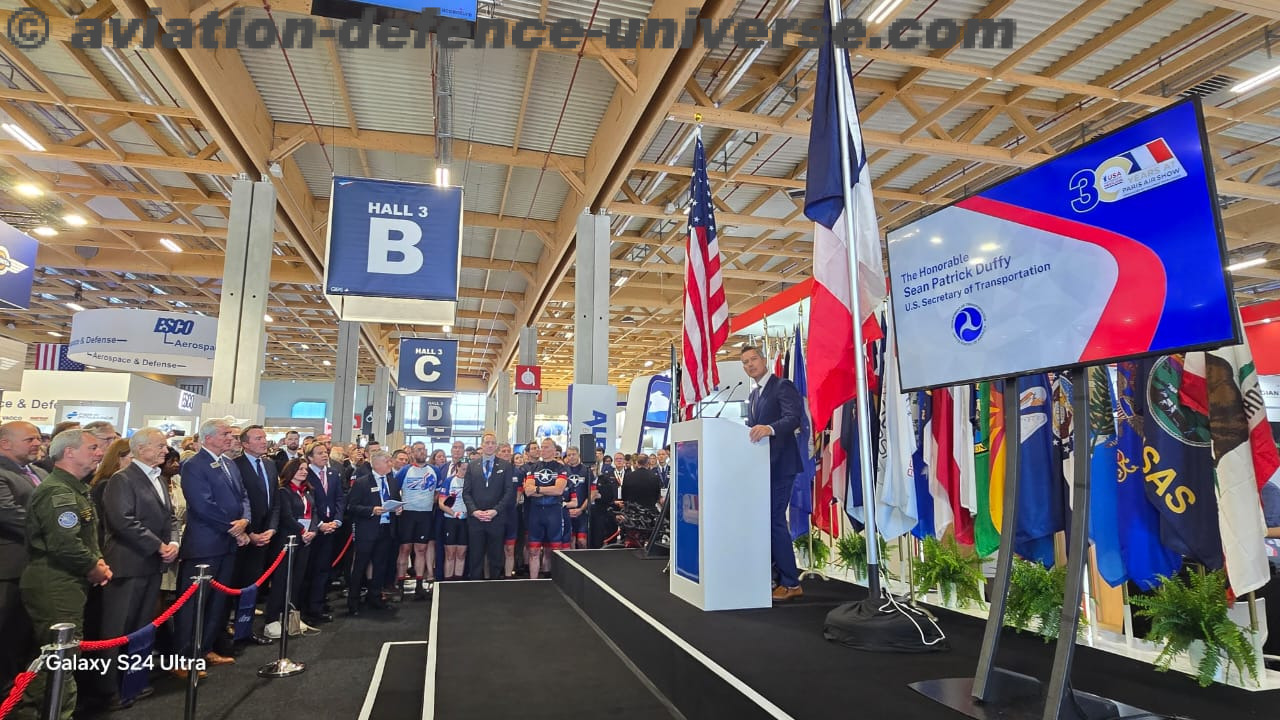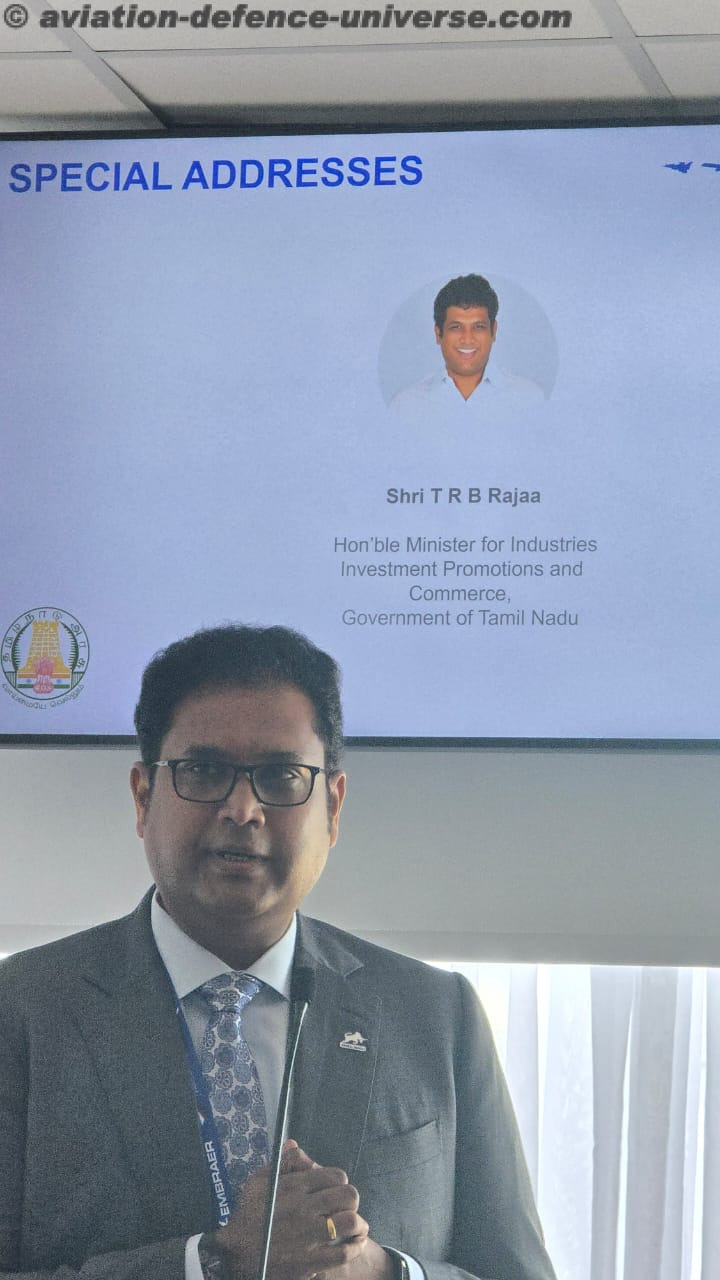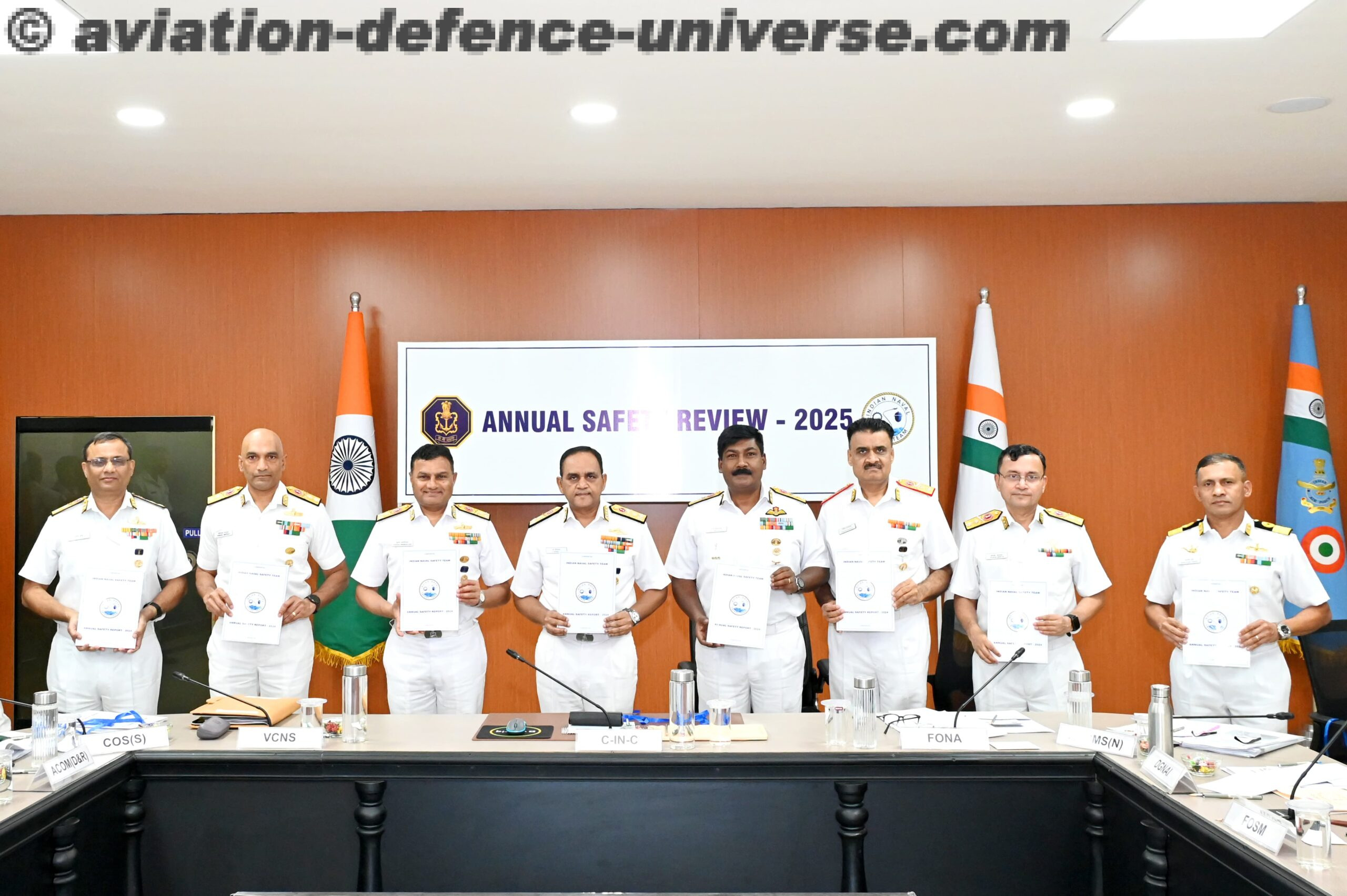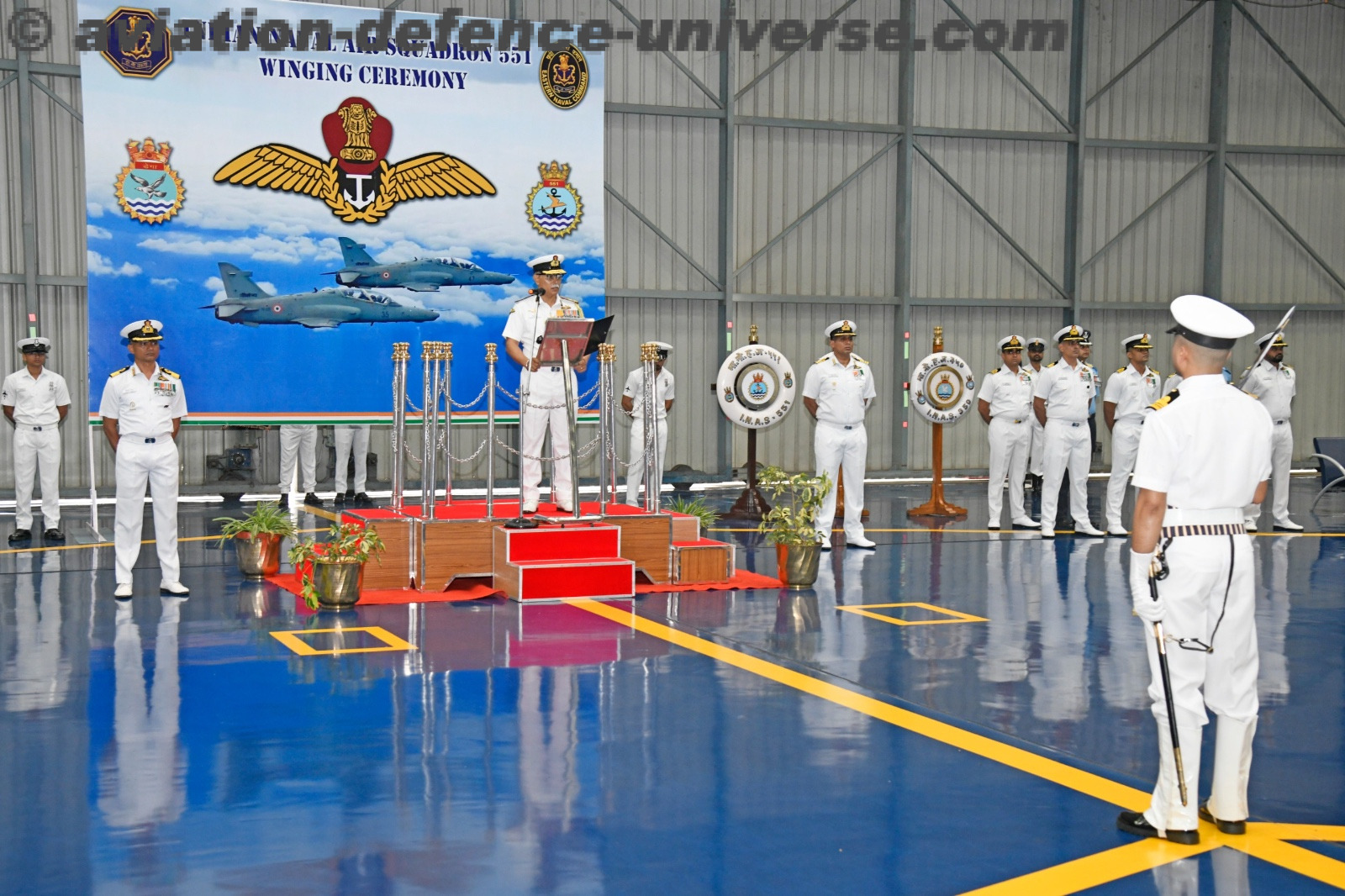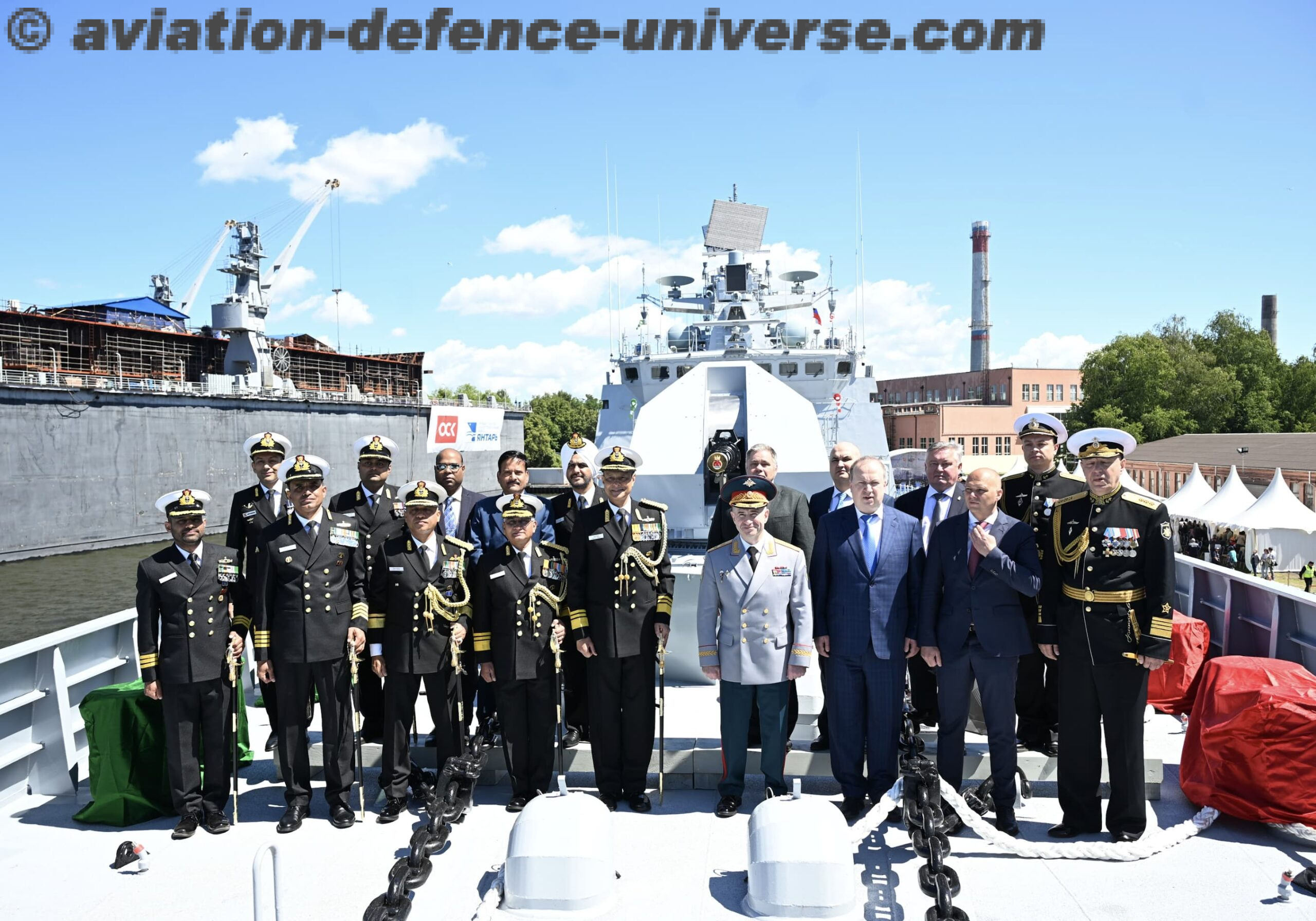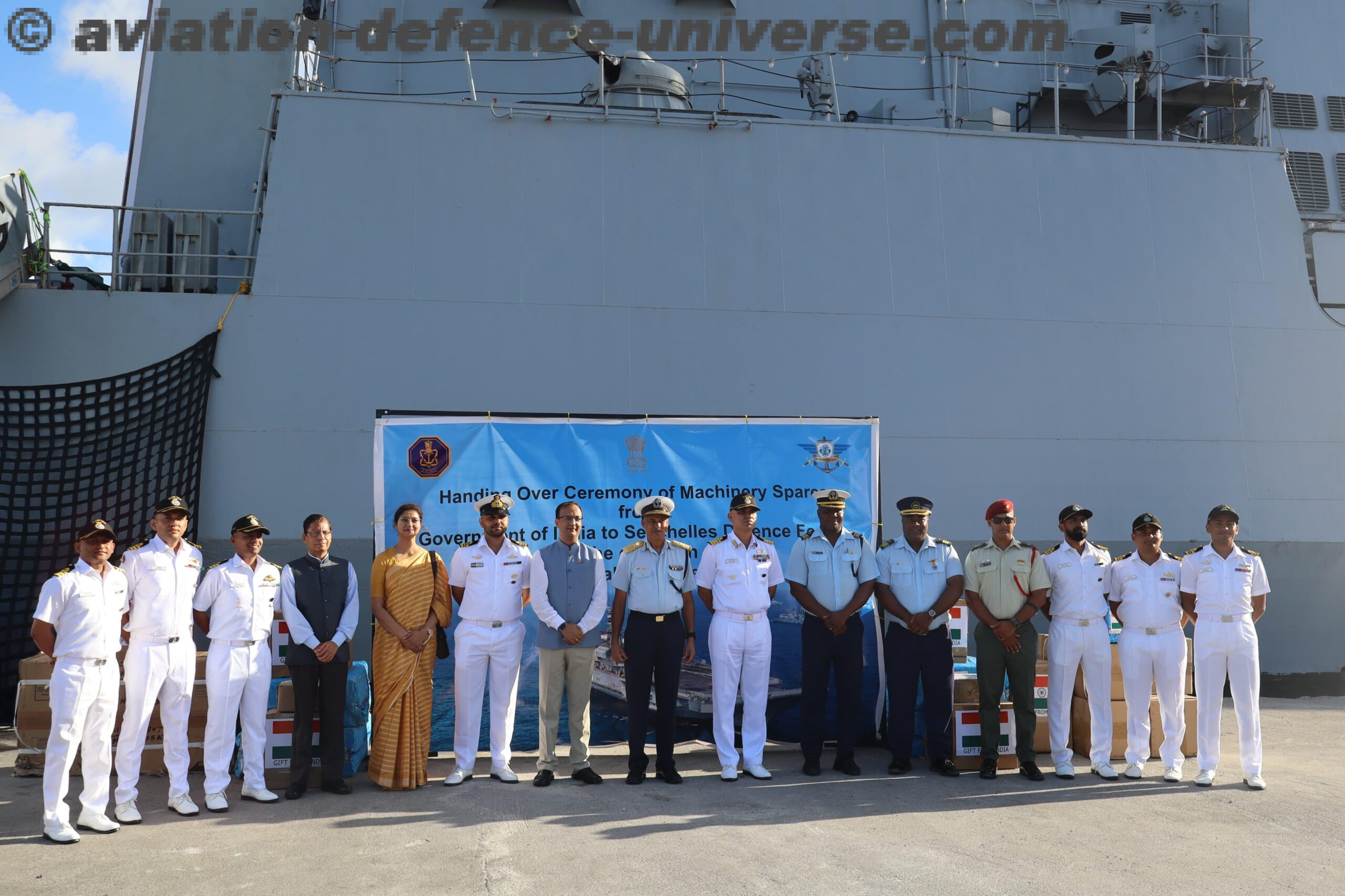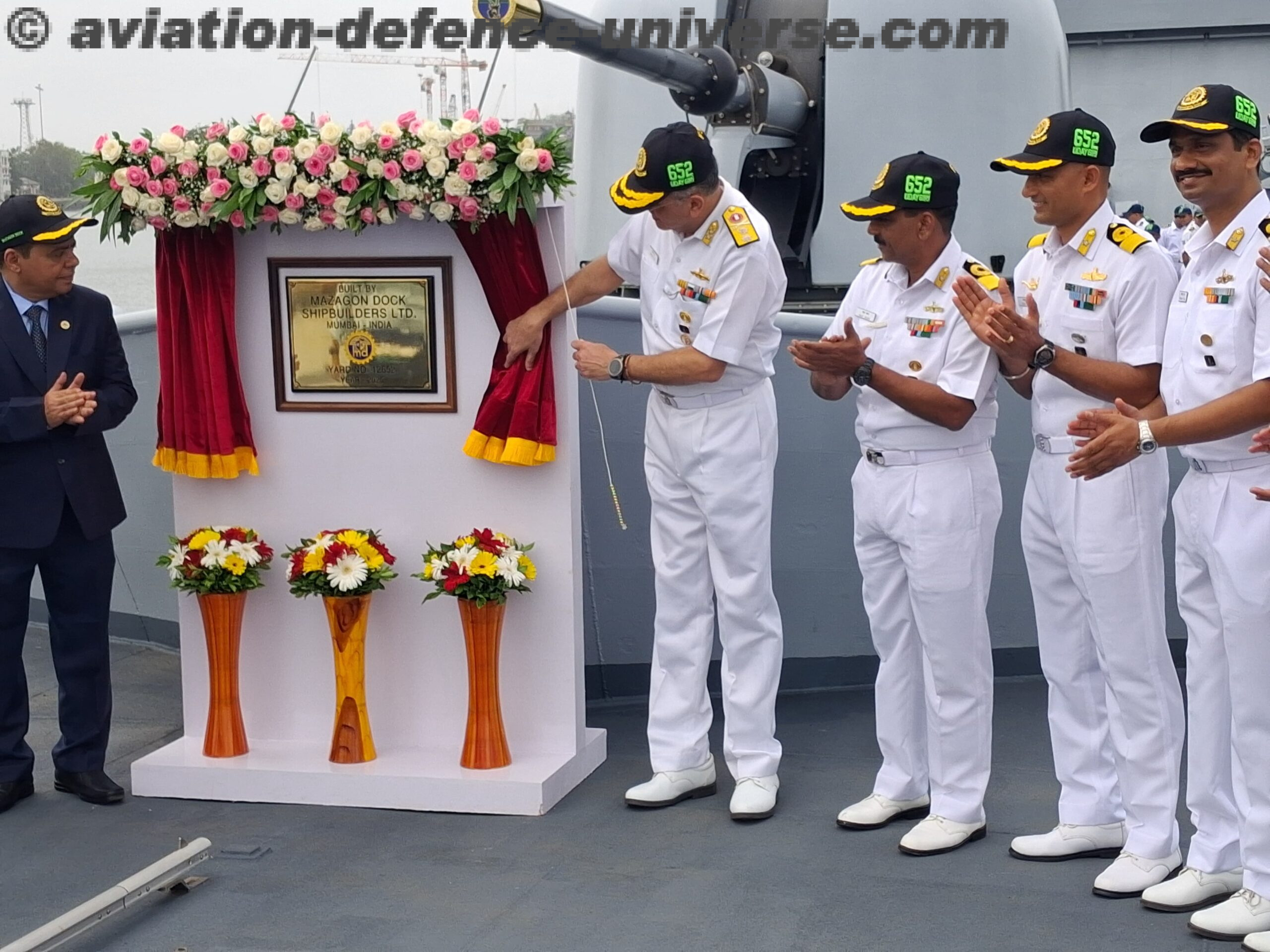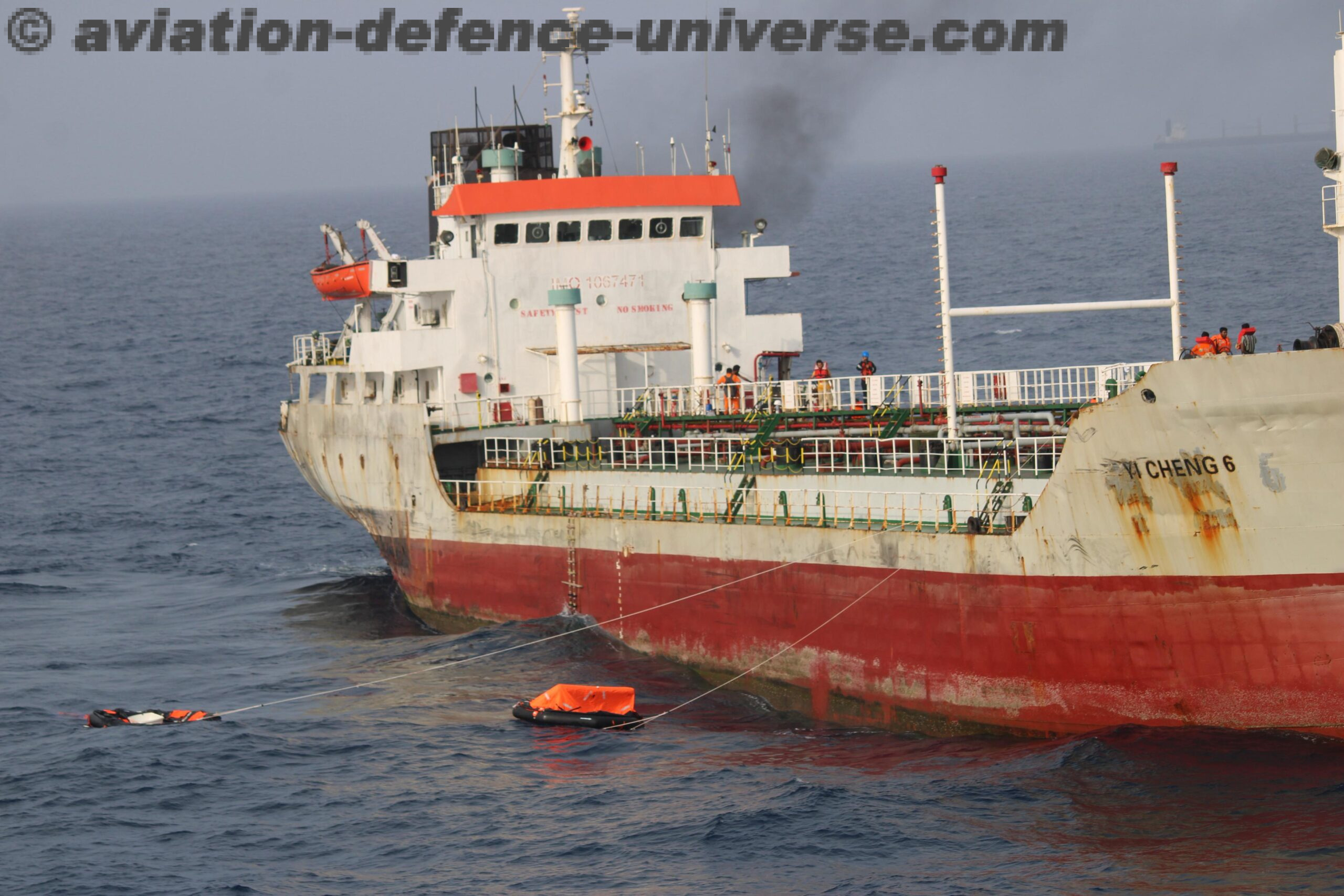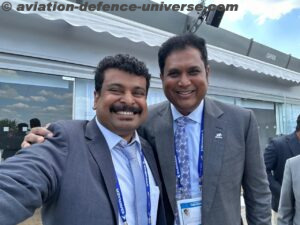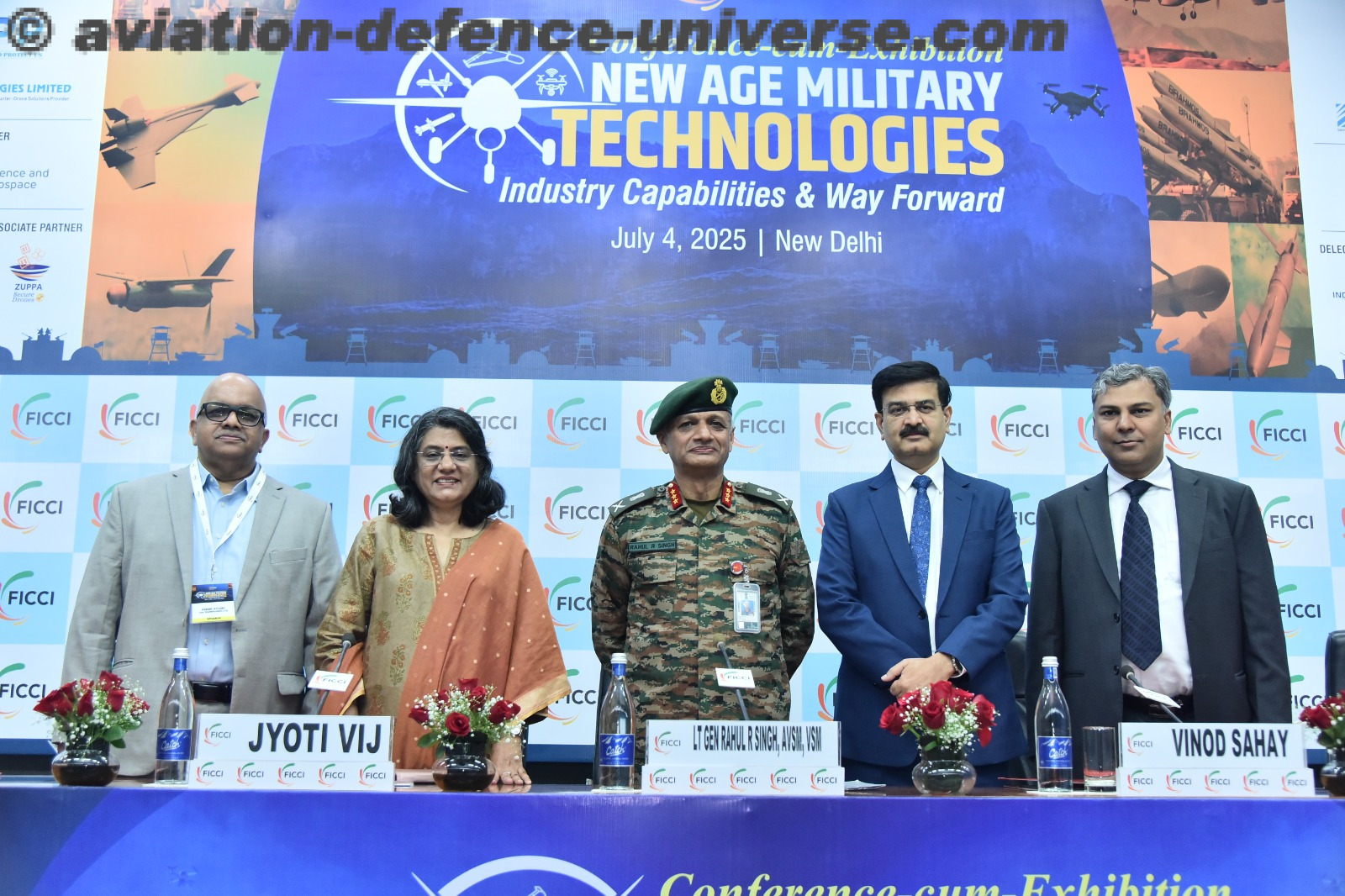By Brig. VK Atray & Sangeeta Saxena
Singapore & New Delhi. 04 November, 2015. Dredging pipes, seawall, 10,000-foot airstrip, support buildings, cement plant, temporary loading pier, harbor and the list seems to be expanding by leaps and bounds. In recent months, eyes in the sky have shown that China to claim its supremacy and ownership of the South China Sea, has not only completed two of its largest island building projects, at Mischief Reef and Subi Reef but is also building airstrips on each of those islands.
China has been dumping sand onto reefs in the South China Sea, thereby creating seven new islets in the region in an attempt to flex its muscles in the region. The only solace for the region is that China is not the only one, Vietnam, Malaysia, the Philippines and Taiwan have all expanded islands in the Spratlys with airstrips. In China, the Fiery Cross Reef has an airstrip on which from fighter jets to large transport aircraft, all can land. China’s activity in the Spratlys has attracted the United States and it was a discussion point between President Obama and President Xi Jinping when the Chinese president’s visited the White House recently.
And just as if on queue the high-level talks between Ministers of Defence of the ASEAN region fell flat over growing territorial disputes in the South China Sea and no joint declaration was made. China’s Defense Ministry said Beijing “regretted” the failure to reach a common position at the Malaysia talks, blaming “some particular countries from outside the region.” The Chinese defense minister, Gen. Chang Wanquan, said the issue of freedom of navigation “should not be hyped or even become an excuse for provocation,” according to China’s official Xinhua News Agency. No prizes for guessing that these countries are USA and Netherlands.
Recently the Chinese government reacted angrily to a ruling last week by a United Nations-backed tribunal in the Netherlands that it has jurisdiction over a case brought by the Philippines against Beijing seeking to have China’s actions in the South China Sea ruled unlawful. China has refused to take part in the arbitration process. And ofcourse China blew its fuze over the US destroyer USS Lassen entering South China Sea close to an artificial Chinese islet in the disputed Spratly Islands, recently.

Despite all this U.S. Defense Secretary Ash Carter Mr. Carter hailed the summit as a success, citing progress on a number of fronts including counterterrorism and disaster relief, and saying unanimity on the South China Sea issue had never been likely.
“We couldn’t reach a consensus,” said Malaysian Defense Minister Hishammuddin Hussein at the conclusion of the Asean Defense Ministers Meeting Plus, which brings together 10 members of the Association of Southeast Asian Nations and eight other countries, including India, China and the U.S.

The South China Sea is a marginal sea that is part of the Pacific Ocean, encompassing an area from the Singapore and Malacca Straits to the Strait of Taiwan of around 3,500,000 square kilometres (1,400,000 sq mi). The area’s importance largely results from one-third of the world’s shipping sailing through its waters and that it is believed to hold huge oil and gas reserves beneath its seabed. States and territories with borders on the sea (clockwise from north) include the People’s Republic of China (including Macau and Hong Kong), Taiwan, the Philippines, Malaysia, Brunei, Indonesia, Singapore, and Vietnam. Major rivers that flow into the South China Sea include the Pearl, Min, Jiulong, Red, Mekong, Rajang, Pahang, Pampanga, and Pasig Rivers.
It is located south of mainland China, including the island of Taiwan, in the east; east of Vietnam and Cambodia; west of the Philippines; east of the Malay peninsula and Sumatra, up to the Strait of Malacca in the west and north of the Bangka–Belitung Islands and Borneo. The South China Sea contains over 250 small islands, atolls, cays, shoals, reefs, and sandbars, most of which have no indigenous people, many of which are naturally under water at high tide, and some of which are permanently submerged. The Spratly Islands, Paracel Islands, Pratas Islands, Macclesfield Bank and the Scarborough Shoal are sensitive areas which are always under scrutiny.

Both People’s Republic of China (PRC) and Taiwan claim almost the entire body as their own, demarcating their claims within what is known as the nine-dotted line, which claims overlap with virtually every other country in the region. Competing claims include Indonesia, China, and Taiwan over waters NE of the Natuna Islands, Philippines, China, and Taiwan over Scarborough Shoal, Vietnam, China, and Taiwan over waters west of the Spratly Islands andr all of the islands themselves are also disputed between Vietnam, China, Taiwan, Brunei, Malaysia, and the Philippines. The Paracel Islands are disputed between the PRC/ Taiwan and Vietnam. Malaysia, Cambodia, Thailand and Vietnam over areas in the Gulf of Thailand. Singapore and Malaysia along the Strait of Johore and the Strait of Singapore.
ASEAN in general, and Malaysia in particular, has been keen to ensure that the territorial disputes within the South China Sea do not escalate into armed conflict. As such, Joint Development Authorities have been set up in areas of overlapping claims to jointly develop the area and dividing the profits equally without settling the issue of sovereignty over the area. This is true, particularly in the Gulf of Thailand. Generally, China has preferred to resolve competing claims bi-laterally,[19] while some ASEAN countries prefer multi-lateral talks, believing that they are disadvantaged in bi-lateral negotiations with the much larger China and that because many countries claim the same territory only multilateral talks could effectively resolve the competing claims.
The overlapping claims over Pedra Branca or Pulau Batu Putih including neighboring Middle Rocks by both Singapore and Malaysia were settled in 2008 by the International Court of Justice, awarding Pedra Branca/Pulau Batu Puteh to Singapore and Middle Rocks to Malaysia.
India not an ASEAN nation but an invited observer nation hopes for an early conclusion of code of conduct on South China Sea by consensus and that all parties to the disputes in the South China Sea region will abide by the 2002 Declaration on the Conduct of Parties in the South China Sea, ensure its effective implementation and work together to ensure a peaceful resolution of disputes.
Addressing the 3rd ASEAN Defence Ministers’ Meeting (ADMM-plus) at Kuala Lumpur, Defence Minister Manohar Parrikar said the situation in the South China Sea and recent developments there have attracted interest and concern. “This is natural since freedom of navigation in international waters, the right of passage and overflight, unimpeded commerce and access to resources in accordance with recognized principles of international law including the 1982 UN Convention on the Law of the Sea, are of concern to all of us”, he stated.













